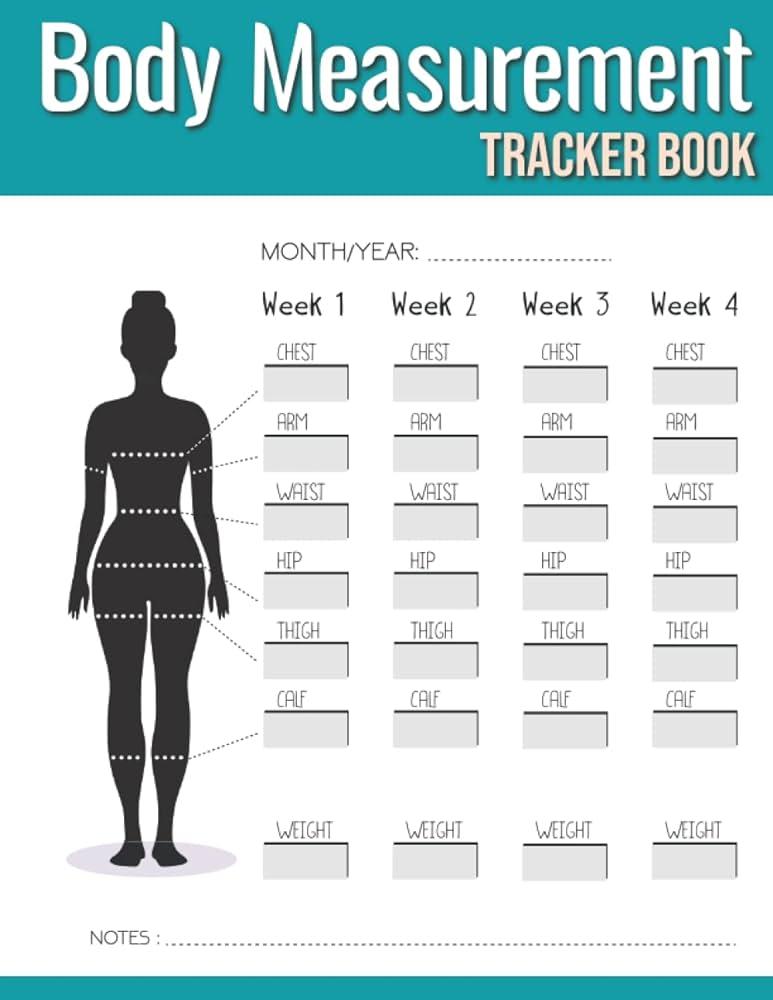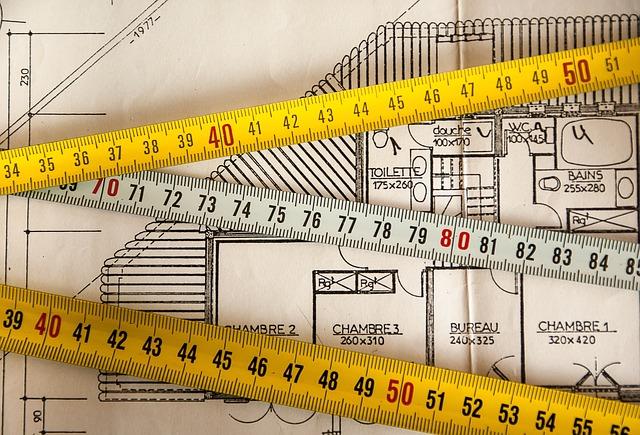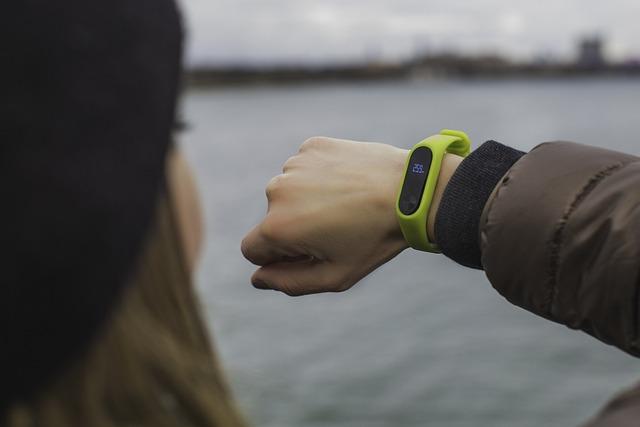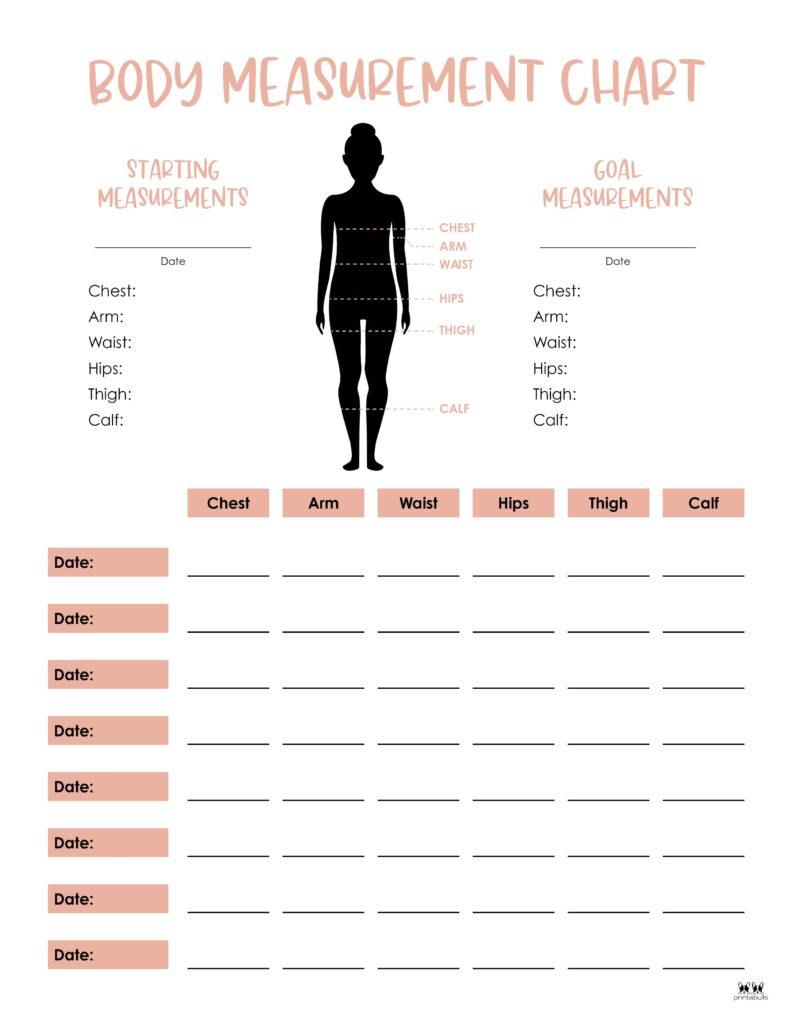In the quest for effective weight loss, precision and consistency are key. While diet and exercise are often emphasized, a crucial yet frequently overlooked component is the accurate tracking of body measurements. Enter the body measurement tracker, a powerful tool that offers more than just numbers on a scale. By providing detailed insights into changes in your body composition, a body measurement tracker enables you to monitor your progress with clarity and precision. This article will guide you through the strategic use of body measurement trackers, equipping you with the knowledge to harness their full potential in your weight loss journey. Whether you’re just starting or looking to refine your approach, understanding how to effectively use this tool can make all the difference in achieving your health and fitness goals.
Selecting the Right Body Measurement Tracker for Your Goals
Choosing the ideal body measurement tracker can significantly impact your weight loss journey by providing accurate data and insights. Start by identifying your specific goals: are you focused on losing inches, gaining muscle, or simply monitoring changes in body composition? Once you’ve clarified your objectives, consider these essential features:
- Comprehensive Metrics: Look for trackers that measure a variety of metrics such as waist, hip, and chest circumference, as well as body fat percentage. The more data points you have, the clearer your progress will be.
- Integration with Other Apps: Ensure that the tracker can sync with popular health and fitness apps. This integration allows for a seamless data flow, providing a more holistic view of your health.
- User-Friendly Interface: Opt for a tracker with an intuitive design and easy-to-navigate dashboard. A complicated interface can deter consistent use, which is crucial for tracking progress.
- Customizable Goals: The ability to set personalized targets within the app can keep you motivated and focused on your unique journey.
Remember, the right tracker is one that aligns with your lifestyle and fitness ambitions, empowering you to make informed decisions and stay on course.

Implementing a Consistent Measurement Routine for Accurate Tracking
Creating a consistent measurement routine is pivotal for obtaining accurate data when using a body measurement tracker for weight loss. To ensure precision, it’s crucial to measure your body at the same time and under the same conditions each week. Morning measurements are often recommended, as they provide a baseline before daily activities, meals, and hydration can influence your body’s dimensions. Consistency in clothing is also essential; opt for minimal or similar attire to avoid discrepancies caused by varying fabric thickness.
For an effective tracking routine, consider the following guidelines:
- Use the same measuring tape each time. Different tapes may have slight variances.
- Mark measurement points on your body or take photos to ensure you’re measuring the same spot each time.
- Record your data immediately after taking measurements to avoid forgetting or misplacing numbers.
- Track additional metrics, such as water intake or physical activity, to correlate changes in measurements with lifestyle factors.
By adhering to a structured routine, you create a reliable framework for monitoring progress, ultimately leading to more informed decisions on your weight loss journey.

Interpreting Your Data to Adjust Your Weight Loss Strategy
When you’re tracking your body measurements for weight loss, it’s crucial to interpret the data effectively to refine your strategy. Begin by examining trends over time rather than fixating on day-to-day fluctuations. Look for consistent changes in measurements like waist, hips, and thighs, as these can indicate progress even if the scale isn’t moving as expected.
- Identify Plateaus: If your measurements remain static for a few weeks, it might be time to reassess your approach. Consider altering your exercise routine or adjusting your caloric intake.
- Spot Areas of Improvement: Consistent data can highlight areas where you might need more focus. For instance, if your waist measurement isn’t decreasing, it might be beneficial to incorporate more core workouts.
- Celebrate Progress: Don’t forget to acknowledge and celebrate even the smallest changes. Positive reinforcement can keep you motivated on your journey.
Use this data to create a feedback loop, where each measurement guides your next steps. By systematically analyzing your body measurements, you can ensure that your weight loss strategy remains dynamic and effective.

Utilizing Technology Features to Enhance Your Weight Loss Journey
Incorporating a body measurement tracker into your weight loss plan can be a game-changer, offering a comprehensive perspective on your progress beyond the scale. These tools allow you to monitor various metrics, such as waist circumference, hip size, and body fat percentage, which can provide a more nuanced understanding of your body changes. To make the most of this technology, ensure you are consistent with your measurements, ideally taking them at the same time and under the same conditions each week. This consistency will help you recognize trends and make informed adjustments to your diet and exercise routines.
Here are some ways to maximize the benefits of a body measurement tracker:
- Set realistic goals: Use initial measurements to establish achievable targets, focusing on gradual improvements rather than drastic changes.
- Track non-scale victories: Celebrate reductions in inches or changes in body composition, which can be more motivating than weight alone.
- Analyze trends: Utilize the tracker’s data visualization features to spot patterns and tailor your strategy accordingly.
- Stay accountable: Share your progress with a community or a coach, using the tracker’s data as evidence of your commitment and progress.
By leveraging these features, you can gain valuable insights and maintain motivation throughout your weight loss journey.
